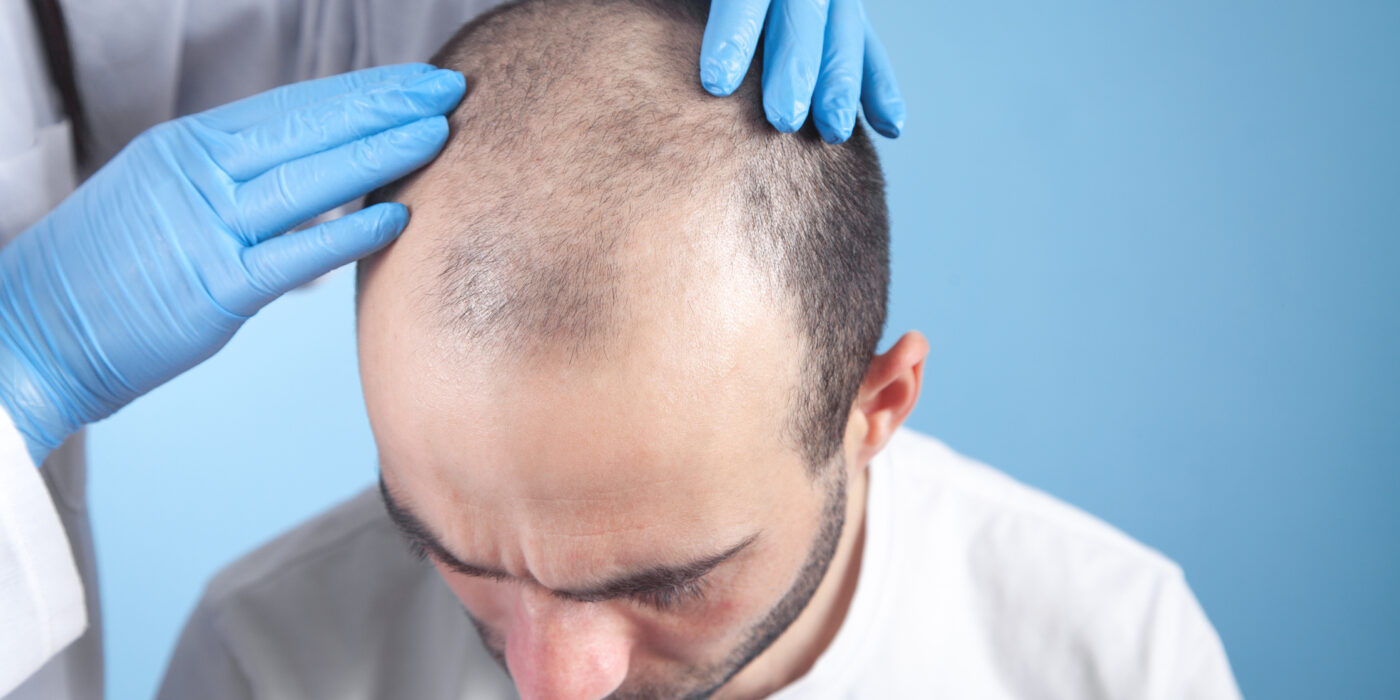Hair transplantation has undergone a remarkable transformation over the past few decades, evolving from rudimentary surgical methods to highly sophisticated and minimally invasive procedures. The continuous development of techniques such as Follicular Unit Transplantation (FUT), Follicular Unit Extraction (FUE), and Direct Hair Implantation (DHI) has revolutionized the field, offering patients more natural and long-lasting results.
In this article, we will explore the historical evolution, technological advancements, clinical studies, and future prospects of hair transplant techniques.
The Early Days of Hair Transplantation: The Birth of the Field
The history of hair transplantation dates back to the 1930s, when Japanese dermatologist Dr. Shoji Okuda pioneered the use of small grafts for restoring hair loss caused by burns and injuries. However, due to World War II, his research remained largely unknown in the Western world.
It wasn’t until 1952 that Dr. Norman Orentreich, an American dermatologist, performed the first modern hair transplant in New York. He introduced the “donor dominance” theory, proving that hair follicles taken from the back of the scalp retain their genetic resistance to baldness, even when transplanted to balding areas.
During this era, surgeons used 4–5 mm punch grafts, which resulted in an unnatural, “pluggy” hair appearance, commonly referred to as “doll’s hair.” Despite its limitations, this procedure marked the beginning of surgical hair restoration.
The Introduction of FUT: A Major Breakthrough in the 1990s
In the 1990s, the field of hair transplantation saw a significant breakthrough with the introduction of Follicular Unit Transplantation (FUT), also known as the strip method.
What is FUT?
- A strip of scalp is surgically removed from the donor area (usually the back of the head).
- The strip is dissected into individual follicular units under a microscope.
- The grafts are then implanted into tiny incisions made in the recipient area.
Clinical Advantages of FUT:
✔️ Higher graft survival rate (90–95%) due to microscopically dissected units.
✔️ Ability to transplant large numbers of grafts in a single session.
✔️ Long-lasting and natural-looking results.
Disadvantages of FUT:
- Leaves a linear scar in the donor area, requiring longer recovery time.
- More post-operative discomfort compared to newer techniques.
Despite its drawbacks, FUT remained the gold standard for hair transplantation throughout the 1990s and early 2000s.
The Rise of FUE: A Minimally Invasive Revolution
By the early 2000s, a new technique emerged that eliminated the need for a strip incision—Follicular Unit Extraction (FUE).
What is FUE?
- Instead of removing a strip, individual hair follicles are extracted one by one using a micromotor punch (0.6–1.0 mm).
- These grafts are then implanted into tiny recipient sites.
Clinical Advantages of FUE:
✔️ No linear scar, making it ideal for patients who prefer short hairstyles.
✔️ Faster healing time (7–10 days vs. 2–3 weeks with FUT).
✔️ Less post-operative pain and discomfort.
Disadvantages of FUE:
- More time-consuming than FUT, as grafts must be extracted individually.
- Requires a highly skilled surgeon for optimal results.
Studies published in the Journal of Dermatologic Surgery in 2015 showed that FUE has a similar graft survival rate to FUT (90–95%) but with less post-operative discomfort and downtime.
By the 2010s, FUE overtook FUT as the most preferred hair transplant technique worldwide.
The Introduction of DHI: The Latest Innovation in Hair Transplantation
While FUE was a major improvement, it still involved manually placing grafts into incisions, which could sometimes lead to delayed graft survival. In response to this challenge, Direct Hair Implantation (DHI) was developed.
What is DHI?
- Similar to FUE, individual follicles are extracted one by one.
- Instead of pre-making incisions, a specialized implanter pen is used to directly insert the grafts into the scalp in a single motion.
Clinical Advantages of DHI:
✔️ Higher graft survival rate (92–97%) due to minimal handling.
✔️ Denser and more natural hair growth, as the implanter pen allows precise angling.
✔️ Faster healing time compared to FUE.
Disadvantages of DHI:
- More expensive due to the specialized equipment and expertise required.
- Takes longer to perform, limiting the number of grafts transplanted per session.
A 2022 study in the International Journal of Trichology compared 500 patients who underwent FUE vs. DHI, showing that:
- DHI resulted in 20% denser hair growth than traditional FUE.
- Patients experienced 30% faster healing after DHI compared to FUE.
- Patient satisfaction was higher with DHI due to its more natural-looking results.
As a result, DHI has gained popularity in high-end clinics, particularly among patients seeking high-density transplants and minimal downtime.
The Future of Hair Transplantation: What’s Next?
With continuous research and technological advancements, the future of hair transplantation looks promising. Some exciting emerging trends include:
✔️ Stem Cell Hair Transplants – Researchers are exploring cloning hair follicles using stem cells, which could lead to unlimited donor supply.
✔️ Robotic Hair Transplantation – AI-powered robotic systems like ARTAS are improving the precision and efficiency of FUE procedures.
✔️ Enhanced PRP & Growth Factor Therapies – Combining hair transplants with PRP (Platelet-Rich Plasma) is proving to enhance graft survival and hair density.
With these advancements, hair transplantation will continue evolving, offering more effective, scar-free, and long-lasting solutions to hair loss.
Conclusion: The Evolution of Hair Transplantation
✔️ From the early punch grafts of the 1950s to modern DHI techniques, hair transplantation has come a long way.
✔️ FUT introduced natural follicular unit grafting, while FUE revolutionized the field with its minimally invasive approach.
✔️ DHI is currently the most advanced technique, offering higher graft survival and better density.
✔️ Future innovations like stem cell hair restoration and AI-assisted procedures will further improve success rates.
For those considering a hair transplant in Istanbul, choosing a reputable clinic with the latest technology and experienced surgeons is key to achieving the best results.


